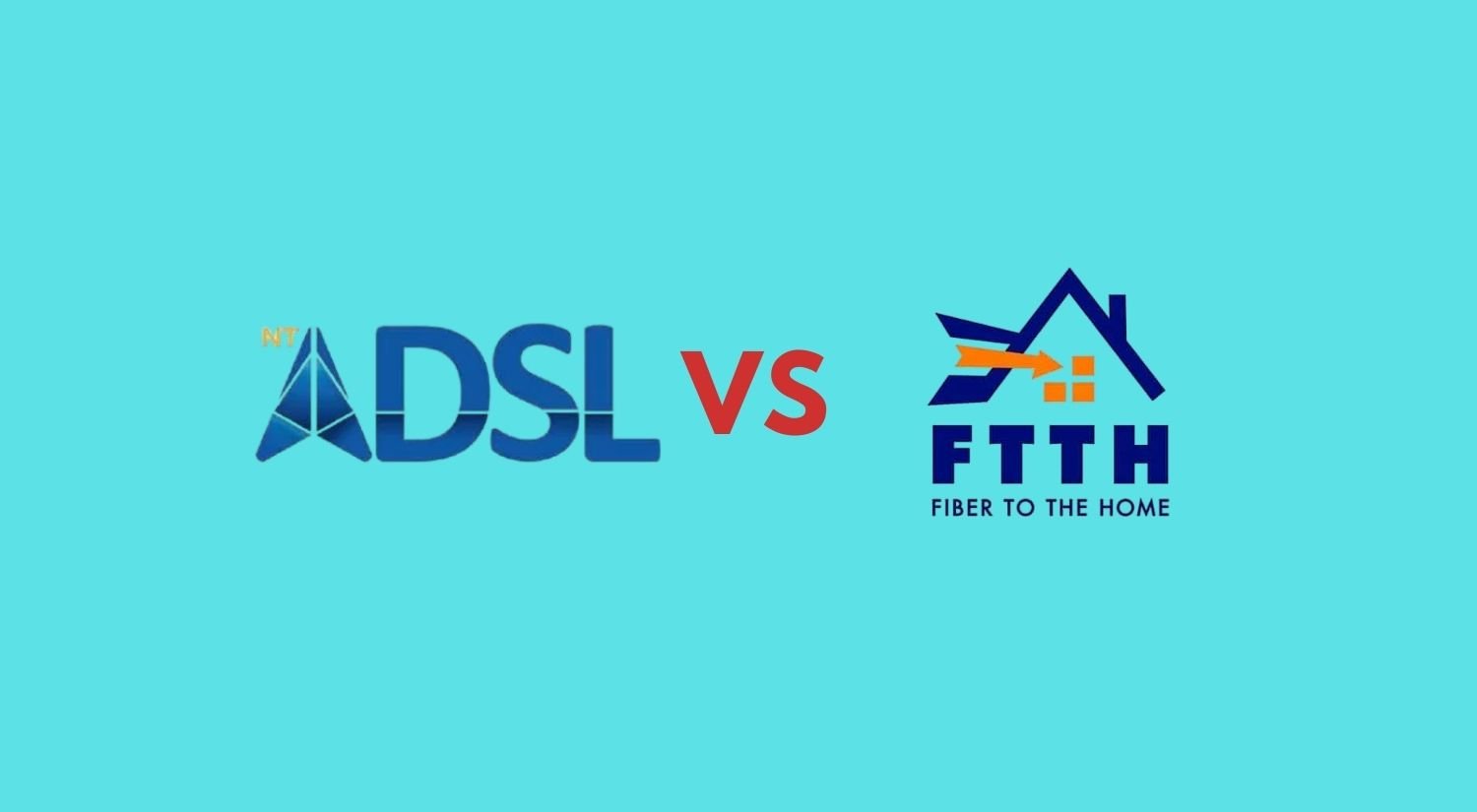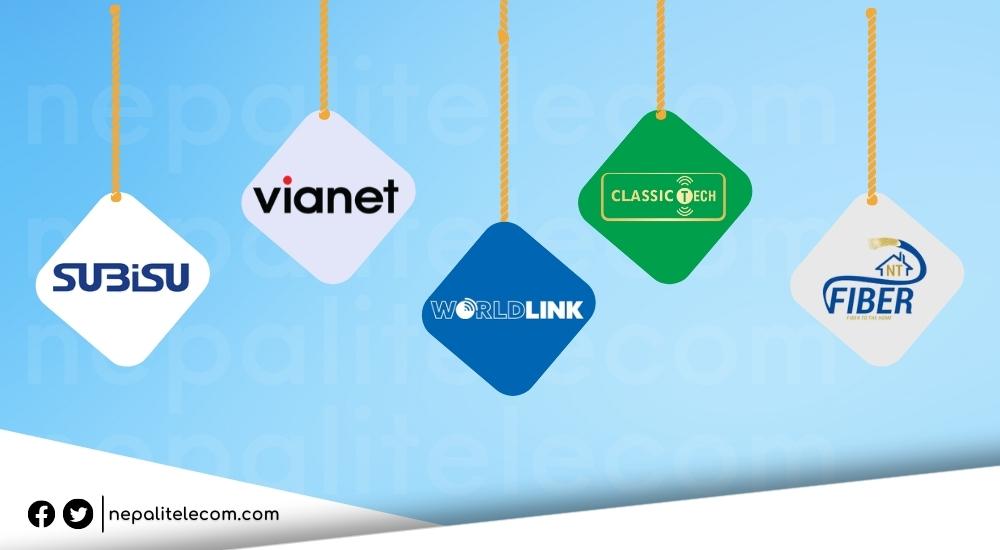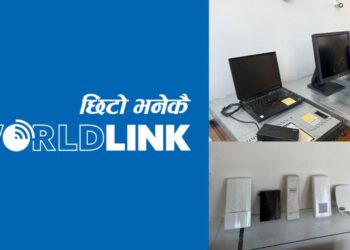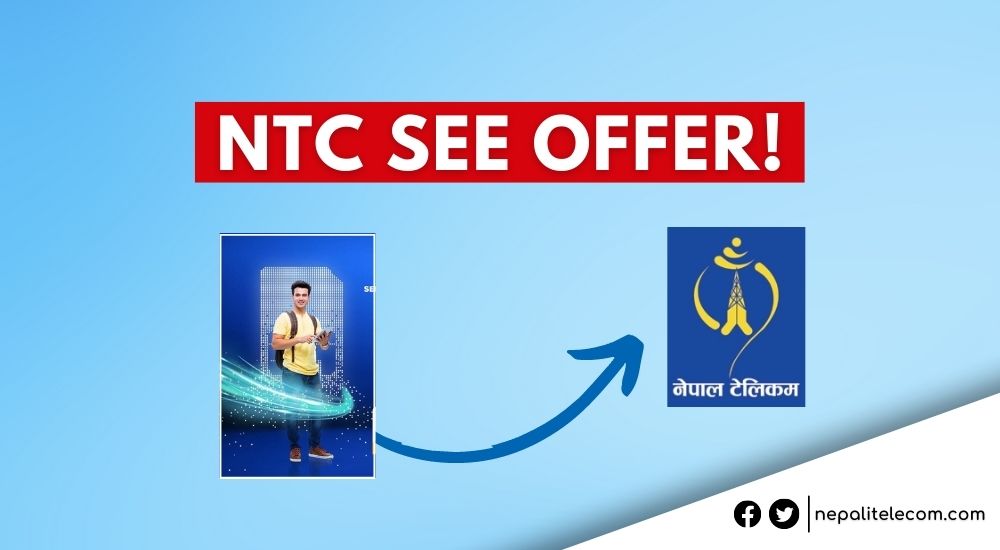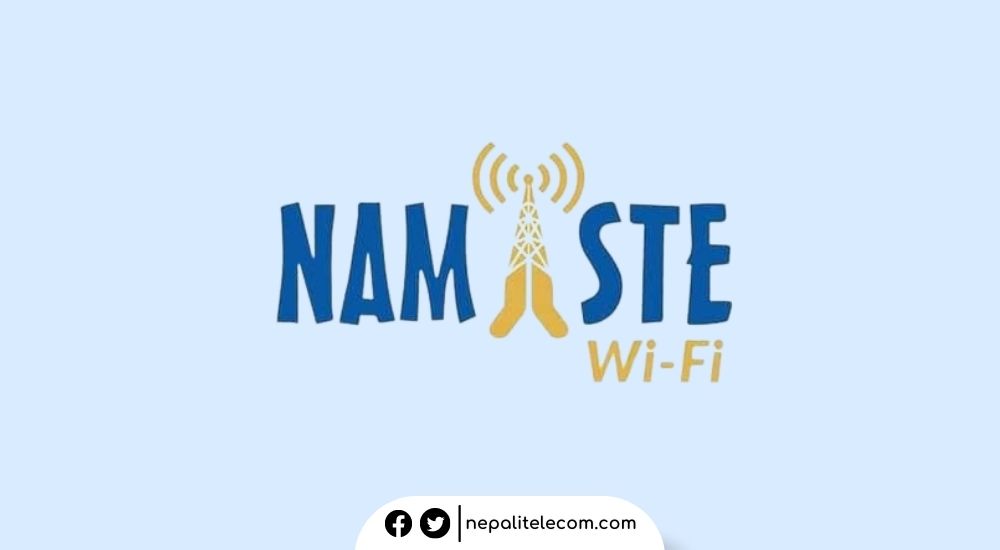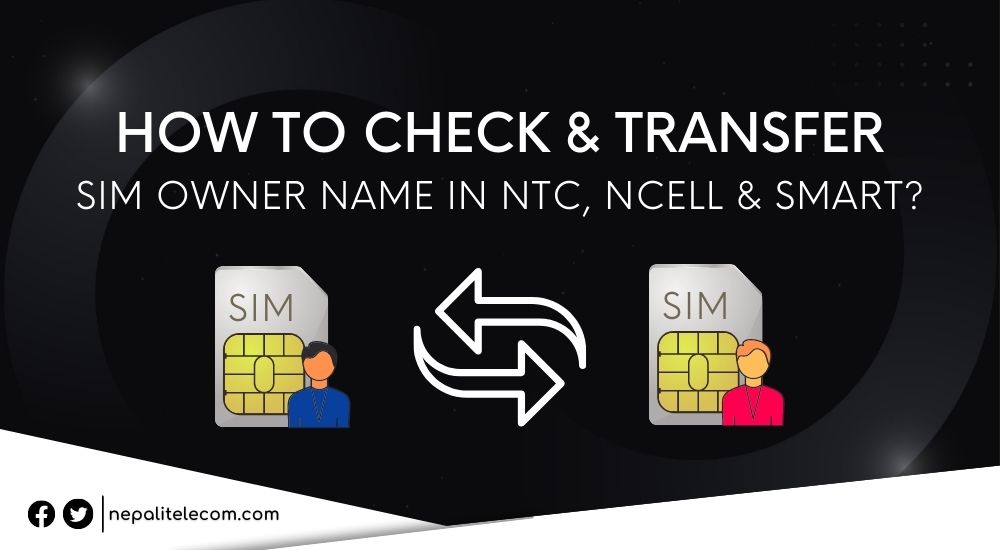If you are looking for an internet connection in Nepal, then you will strike with two wired or fixed internet options; ADSL and FTTH. ADSL service started more than a decade ago & is still used by many people, but with the start of FTTH fiber internet, people are opting for FTTH connection. You might be in a dilemma about which is the best internet technology for you; ADSL Vs FTTH. We’ll be making comparisons between two of the internet technologies and suggest you what to choose between ADSL and FTTH. So, let’s find the differences between the two prevalent internet technologies in Nepal.
Introduction
ADSL
Asymmetric digital subscriber line (ADSL), is a type of digital subscriber line (DSL) technology used to provide Internet service to the people. It provides faster data transmission over copper telephone lines as compared to that of dialup internet. ADSL was a revolution in earlier times as it could provide data speed in Mbps, along with the telephone line.
ADSL started giving internet speed from 128kbps, and 256kbps. After several upgrades, the ADSL speed in Nepal Telecom has reached 5Mbps Download now. ADSL was introduced in Nepal in 2008 by Nepal Telecom as it is the sole landline service provider. Have a look at all the offers and prices of NTC ADSL.
FTTH (Fiber Internet)
FTTH stands for Fiber to the home. The next-generation technology for internet connections uses optical fiber to deliver data in light signals instead of electricity via small, flexible glass wires. FTTH broadband internet ranges from 1 Mbps to 100 Mbps. Fibre internet was introduced back in 2011 in Nepal. Fiber is a new technology that has been around only for 5 or 6 years. But they’ll stay for long as they are also termed as future proof technology.
FTTH fiber internet is used by most of the Internet service providers in Nepal. Nowadays the same fiber can provide internet and TV service. While Nepal Telecom is also migrating its old copper-based telephone to fiber. So, in the future, the same fiber cable can provide high-speed internet, telephone, and IPTV service.
Read How to connect internet connection at home in Nepal?
Comparison Between ADSL Vs FTTH
Here we have made a brief comparison between two internet connection technologies ADSL and FTTH.
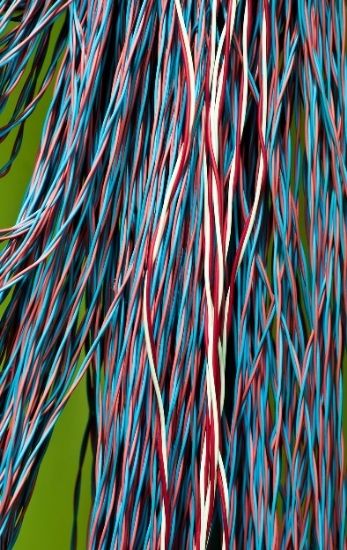
Copper And Fiber
We all know that ADSL technology is based on a copper wire. ADSL utilizes the same copper wire used for a landline phone, which connects to your telephone exchange and the Internet simultaneously.
FTTH uses Fiber to transmit data to provide high speed, reliable, and quality internet service to people. The life expectancy of Fiber is much more compared to that of copper wires.
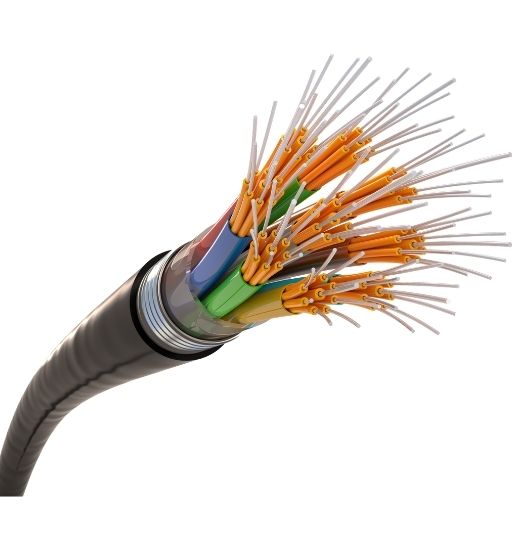
Speed
Talking about the speed, FTTH is much faster than that of ADSL. ADSL now provides internet speed in a couple of Mbps while the maximum speed reaches up to 5Mbps in Nepal. In the early days, having Mbps internet speed was considered to be much faster but now you may opt for higher speed in the range of above 10, 20 Mbps.
FTTH broadband can provide internet speed in the range of 1Mbps to 100Mbps. ISPs in Nepal have provided internet speed ranging from 8 Mbps to 60 Mbps. So with the comparison of ADSL vs FTTH in terms of speed, of course, FTTH comes out as a winner. Find the Best Internet service provider in Nepal, based on several aspects.
Reliability
We know unreliable internet connections can be a significant headache for the use of internet service. It is one of the things to be considered before getting a connection. Fiber optic cable is immune to unsafe weather conditions and environmental factors compared to copper wires.
Fiber is resistant to electricity and interference that can withstand harsh conditions. But copper wires are susceptible to interference and other physical environments. That is one of the reasons for the unreliable internet connection from ADSL, as the copper cables are affected more by the environment (Physical and RF).
Loss
In ADSL, the increase in the distance of the telephone wire from telecom office to customer’s home deteriorates the internet service due to significant loss in the transmitted signal. As a result, we can find people (at the far distance from the telecom exchange) complaining about the ADSL internet problem. But in the case of the Fiber, the significant length of the cable does not impact the loss and then the quality of the internet service.
Cost
A few years back, the price of Fiber was much higher compared to that of ADSL. But nowadays, the cost difference between Fiber and ADSL has become very slim. The cost of the FTTH service might be a bit more expensive than ADSL, but you won’t be disappointed as you will be getting the best services.
ADSL internet costs Rs 800 for you while the cheapest FTTH connection (above 10 Mbps) comes above Rs 1000. You will be getting a faster internet speed, IPTV, and probably a better quality telephone line with fiber cable. Find out all the offers and services of NT FTTH in Nepal.
Availability
You can find ADSL service in the places where the landline service is available but FTTH services are yet to be available in every nook and corner of the nation. ADSL depends on telephone wires that are pretty much everywhere. So in places where there is no fiber cable installed, it would be best to get an ADSL connection. But if the fiber is available, one must go for FTTH.
To cater to the places where there is no home internet solution, Ncell is bringing Wirefree plus WiFi internet in Nepal.
Convenience
As the same fibre cable can provide high-speed internet, Television, and quality telephone line calls, FTTH removes the hassle of managing multiple wires to your home. So, it is much more convenient to use fiber cable for the internet, TV, and telephone (only with Ntc FTTH) than that of ADSL.
Read: 3G or 4G; which network is best for you?
Verdict
ADSL was an internet revolution in Nepal at the time of its introduction, but now it seems less impressive in front of the FTTH. ADSL is unable to cope up with the changing time, as it relies on the copper cable. FTTH is much faster and reliable compared to that of ADSL. You also need to take a telephone line to get the ADSL connection, whereas it is not the case for FTTH but it’s optional (in case of NTC).
One may continue to use ADSL if there’s no fiber cable internet and other options in your area. The service might suit you if you are the only one to use the internet connection at your home, without much multimedia streaming and upload.
Nepal Telecom has now made fiber internet service available in more than 28 districts of Nepal, while major Private ISPs have covered most of the city areas. The expansion process is going on to provide fiber internet service all over Nepal. But if you want a faster internet connection for different things like online gaming, video calls, and many other services. Then there must be no doubt for you to go for FTTH connection.
Fiber optic internet is the future and will soon replace the ADSL completely. So, we recommend you to go for FTTH connection (if it’s available) as you will be getting a faster internet connection at affordable pricing and the added values.
Also, have a look at the ways to increase your internet speed at home.
So, what are your thoughts about this comparison ADSL vs FTTH? Which internet are you using now, ADSL or Fiber, and is it best for you? Please share your insights in the comment section below.


